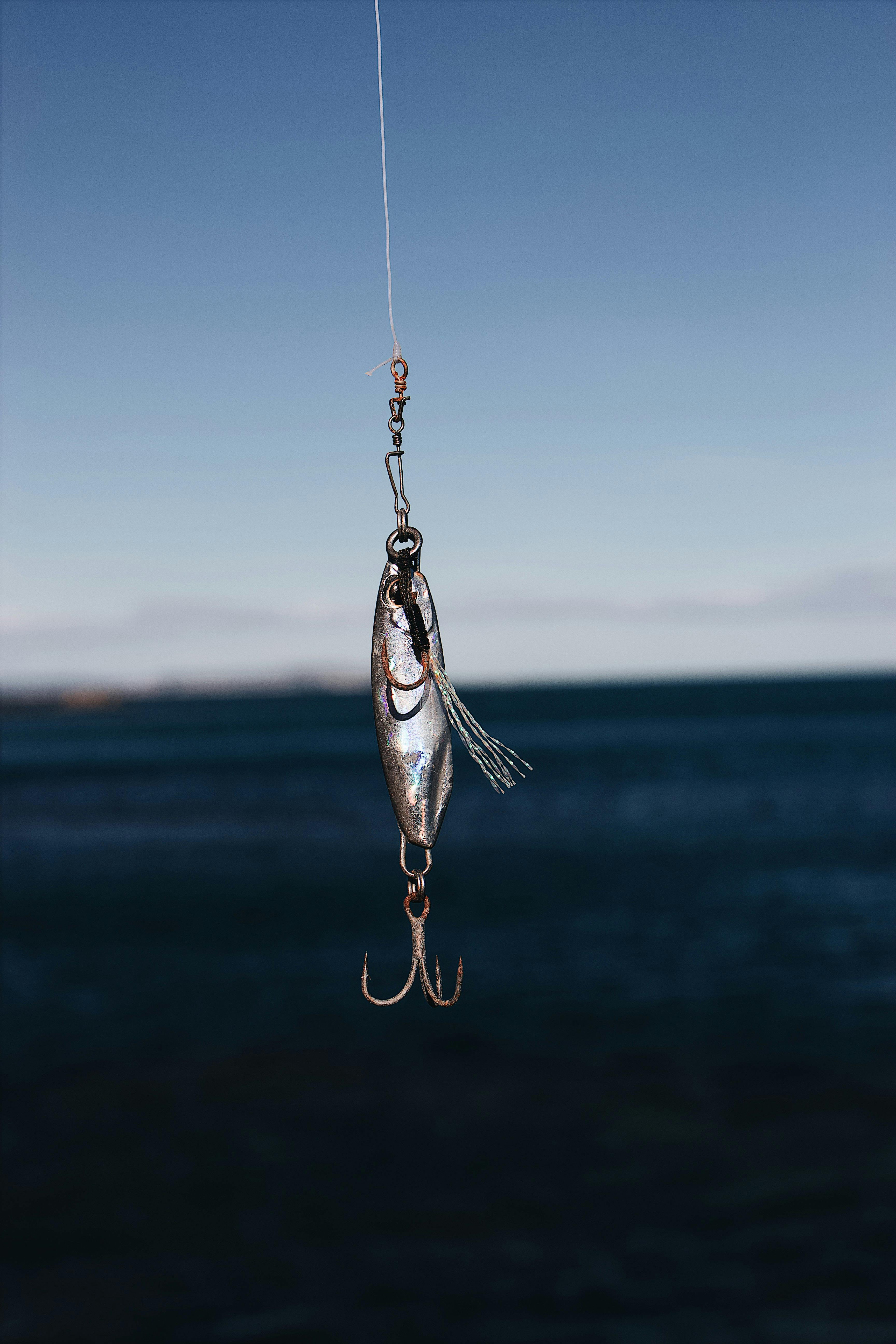Anna Duong-Harrison
History
In 1873, Congress passed the Act for the Suppression of Trade in, and Circulation of, Obscene Articles of Immoral Use––the colloquial Comstock Act.[1] This Act criminalized the circulation of contraceptives and birth control-related information through the mail, including medical textbooks and magazines.[2] Even instruments that could be used to perform abortions were considered obscene.[3] The Act also forbade the sale of contraceptives across state lines.[4] The guilty recipients of these so-called “obscene” materials faced up to ten years in prison.[5] Twenty-four states quickly followed the federal government’s lead with their own Comstock laws.[6]
Anthony Comstock, a Christian zealot, inspired this wave of broad, unforgiving legislation.[7] After successfully lobbying Congress to pass the Act, Comstock regularly scoured New York City for people to arrest.[8] Equipped with funds from the New York Society for the Suppression of Vice, Comstock contributed to the arrest of hundreds of people, including prominent women’s rights advocates.[9] Comstock and others’ “campaign against obscenity” reflected fears that contraception and related materials may scandalize their children, promote immorality, and disincentivize marriage.[10]
Even though critics challenged the constitutionality of Comstock laws, the Supreme Court staunchly held that the First Amendment did not protect obscenity.[11] However, by the early 1900s, judicial enforcement of Comstock laws tapered off as courts recognized the challenges of applying such a broad statute.[12] For example, in U.S. v. One Package, the Second Circuit held the Act inapplicable to mailed contraceptive materials if the intended purpose was not “unlawful.”[13] The court reasoned that even though the legislators intended “unlawful” to be synonymous with “abortion” in the Act, modern changes in medicine required a new interpretation of the term to mean unlawful abortions.[14] Then, in 1972, the Supreme Court finally answered the hotly debated question of how to define obscenity, which further narrowed qualifying materials under the Act.[15] Finally, two hallmark Supreme Court cases, Griswold v. Connecticut and Roe v. Wade essentially rendered the Act null, since both contraception and abortion became legal.[16]
Can a Literal Interpretation of The Comstock Act Impact Abortion Care in North Carolina?
The strict nature of the original 1873 Comstock Act eventually morphed into today’s 18 U.S.C. §§ 1461 and 1462.[17] These statutes prohibit the mailing and importation of “any drug, medicine, article, or thing designed, adapted, or intended for producing abortion.”[18] As legal scholars have noted, the Supreme Court’s decision to remove the constitutional right to abortion in Dobbs v. Jackson Women’s Health Organization has potentially harkened a return of the Comstock Act.[19]
A literal interpretation of the Comstock Act could restrict FDA approval of mifepristone and misoprostol and arm the Department of Justice (DOJ) with more discretion under a conservative administration.[20] A literal interpretation of the Comstock Act would prohibit the mailing of any items related to abortion, regardless of sender intent.[21] This means FDA approved mifepristone and misoprostol would be inaccessible to doctors, even in states where abortion is legal.[22] The breadth of the Act could even limit the mailing of medical instruments like dilators, gloves, and speculums, which are used in a variety of obstetric procedures, including abortions.[23]
While some may view this application of the Comstock Act as reactive political rhetoric, five cities have already passed local ordinances that criminalize the shipping and receiving of abortion medications under §§ 1461 and 1462.[24] In recent oral arguments, Supreme Court Justices Clarence Thomas and Samuel Alito asked attorneys if the FDA violated the Comstock Act by approving mifepristone and misoprostol.[25] By raising this issue, the Justices signaled an openness to revive a legal relic. Republican Vice-presidential candidate J.D. Vance has also voiced his direct support for enforcing the Comstock Act.[26] In January 2023, Vance joined a group of legislators in a letter to the DOJ urging it to apply the Comstock Act to mailed abortion pills, which are also used for miscarriage healthcare.[27] The letter echoed Vance’s shared position that the Act had been misinterpreted and misapplied by the federal government.[28] Thus, it is not far-reaching to wonder if the Act will make a reappearance under a Trump/Vance administration.
Conclusion
Ultimately, it would take a literal interpretation of the Comstock Act by both the DOJ and the Supreme Court to reach North Carolina. To do so, the Act would have to restrict FDA approval of mifepristone and misoprostol, receive DOJ support, and find Supreme Court backing. It is more likely that a reemergence of the Act would impact access to mailed abortion medication in states where abortion is illegal. Yet, the possibility of the Act reaching North Carolina is not implausible, and the possibility of the Comstock Act’s revival from relic to reality may be looming in the near future.
[1] David Schultz & John R. Vile, The Encyclopedia of Civil Liberties in America, 87–88 (Taylor & Francis Group, 2005).
[2] Id. at 88; Mabel Felix, et al., The Comstock Act: Implications for Abortion Care Nationwide, Kaiser Family Found. (Apr. 15, 2024), https://www.kff.org/womens-health-policy/issue-brief/the-comstock-act-implications-for-abortion-care-nationwide/.
[3] Id.
[4] Id.
[5] See id.
[6] Anthony Comstock’s “Chastity” Laws, The Pill, https://www.pbs.org/wgbh/americanexperience/features/pill-anthony-comstocks-chastity-laws/#:~:text=Anthony%20Comstock%20was%20jubilant%20over,trade%20on%20a%20state%20level.&text=New%20England%20residents%20lived%20under%20the%20most%20restrictive%20laws%20in%20the%20country.
[7] See id.
[8] See Schultz, supra note 1, at 207.
[9] Id.
[10] Schultz, supra note 1, at 208.
[11] See id.
[12] See id. at 14–40.
[13] See United States v. One Package, 86 F.2d 737, 739 (2d Cir. 1936).
[14] See id. at 739–40.
[15] See Miller v. California, 413 U.S. 15, 24 (1973) (limiting obscene material to the confines of a strict three-part test).
[16] Griswold v. Connecticut, 381 U.S. 479, 485 (1965); Roe v. Wade, 410 U.S. 113, 165 (1973).
[17] See Ebba Brunnstrom, Abortion and the Mails: Challenging the Applicability of the Comstock Act Laws Post-Dobbs, 55 Colum. Human Rights L. Rev. 1, 3 (2024).
[18] 18 U.S.C. §§1461–62.
[19] See supra, note 17.
[20] E.g.,Felix, supra note 2.
[21] See id.
[22] Annalies Winny, The Threat to Abortion Rights You Haven’t Heard Of, Johns Hopkins Bloomberg School of Public Health (May 31, 2024), https://publichealth.jhu.edu/2024/how-the-comstock-act-threatens-abortion-rights.
[23] See supra, note 2.
[24] Id.
[25] See transcript of Oral Argument at 26–91, FDA v. All. for Hippocratic Med., 144 S. Ct. 1540 (2024).
[26] Alison Durkee, JD Vance and Project 2025 Want to Use This 19th Century Law to Ban Abortion Without Congress, Forbes (Jul. 18, 2024), https://www.forbes.com/sites/alisondurkee/2024/07/18/jd-vance-and-project-2025-want-to-use-this-19th-century-law-to-ban-abortion-without-congress/.
[27] Letter from J.D. Vance, et al., U.S. S. to Hon. Merrick B. Garland, Att’y Gen. (Jan. 25, 2023), https://www.documentcloud.org/documents/24834197-20230123-letter-on-comstock-to-doj.
[28] See id.



